Innovations in Half-Life 2’s Sound Design
Half-Life 2, a hallmark of narrative-driven gaming, continues to be celebrated for its groundbreaking advances in multiple aspects, particularly its sound design. Valve Corporation’s masterpiece, released in 2004, showcased innovations that significantly contributed to the immersive experience of the game. This detailed exploration delves into the various sound design techniques and elements that set Half-Life 2 apart and have ensured its reverential status in the video game industry.
Sound Propagation was a key innovation that added depth to the game’s auditory experience. Unlike many of its contemporaries, Half-Life 2 employed a sophisticated system simulating how sound travels in an environment. This system ensured that sounds reflected off surfaces realistically, creating an authentic echo effect. For instance, footsteps or gunfire within a confined space reverberated differently than in open areas, enhancing spatial awareness for players and reinforcing the atmosphere of the game’s diverse locales.
Dynamic music scoring played a crucial role in heightening emotional engagement. The game featured a procedurally adaptive music system, where the musical score was dynamically adjusted based on in-game actions and narrative progression. This method ensured that the music seamlessly transitioned as players moved through different scenarios. Composer Kelly Bailey crafted a soundtrack that was not only memorable but also integral in accentuating the narrative tension and pacing. The music’s adaptive nature meant players were aurally guided through moments of suspense and calm, ensuring an emotionally resonant experience.
In Half-Life 2, contextual sound effects were intricately designed to reflect the game’s varied environments and enhance player immersion. The sonic palette was rich with nuanced sounds tied to specific settings, such as the eerie moans in Ravenholm or the industrial clamor of City 17. These sounds were meticulously attributed to physical objects and environmental occurrences, fostering an authentic sense of place. The ability to hear distant Combine forces or a lurking Headcrab created a palpable tension, adding to the player’s sense of urgency and involvement in the game world.
Environmental storytelling through sound was a nuanced technique abundantly utilized in Half-Life 2. By strategically placing ambient sounds, Valve amplified the narrative without relying solely on visual or textual means. These auditory cues could communicate the history and current state of a location. An immaculate example is the use of radio broadcasts and public address systems that filled the air with the oppressive propaganda of the Combine regime, adding layers to the storyline and deepening the player’s understanding of the game’s socio-political climate.
The use of Foley techniques in Half-Life 2 was remarkably advanced for its time. Real-world items were manipulated to produce an authentic soundscape, mirroring real-life audio but within the context of a dystopian universe. Footsteps varied based on the surface texture, while weapon noises captured the mechanical feel of their real-world counterparts, significantly enhancing player immersion. This emphasis on realistic sound creation ensured that each interaction within the game felt tangible and genuine.
Voice acting and dialogue were treated with exceptional care, contributing significantly to character development and story immersion. Distinguished voice actors brought characters like Gordon Freeman, Alyx Vance, and the enigmatic G-Man to life, imbuing them with personality and nuance. The dialogue was carefully crafted and recorded to match the player’s actions and environment, often using spatial audio techniques to ground conversations in the game world. These interactions were pivotal in driving the narrative and developing an emotional connection between the player and the characters.
The implementation of 3D spatial audio enhanced the player’s navigational experience by accurately positioning sounds in relation to the player’s location. This spatial awareness was crucial during combat scenarios, where the direction of enemies could often be deciphered from auditory rather than visual cues. This technique ensured that players could rely on their auditory senses as much as their visual ones, adding a layer of strategy and realism to gameplay.
Half-Life 2’s sound design also exemplified how audio could be used to guide player behavior subtly. Specific sound cues were designed to alert players to impending threats or narratively significant events, acting as both warnings and encouragements to explore. The signature sounds of Combine soldiers or the telltale clicks of a Barnacle tongue would preempt player reactions, effectively using sound as both a storytelling and gameplay tool.
Half-Life 2 utilized binaural recording techniques to further enhance its immersive qualities. This method of recording sounds used a special setup that mimicked the human head, capturing audio in a manner akin to natural human hearing. When listened to through headphones, this approach provided an incredibly lifelike three-dimensional audio experience, immersing players more deeply within the virtual environment.
The innovative use of interactive audio engines allowed Valve to push the boundaries of traditional sound design. By utilizing bespoke software solutions, the development team could dynamically alter in-game audio in real time. This flexibility meant that sounds could be precisely synchronized with player actions and environmental changes, ensuring an adaptive auditory experience that felt consistently coherent and meaningful within the game’s context.
The sound design of Half-Life 2 is exemplary in showcasing the potential of audio to impact gaming experiences profoundly. Through the integration of advanced technologies and meticulous attention to detail, Valve redefined the standards of interactive sound design. The complex auditory tapestry created in Half-Life 2 not only enriched the narrative and gameplay but also set a precedent for future titles, influencing sound production methodologies across the industry. This enduring legacy reflects the visionary approach to sound that remains a benchmark in gaming history.
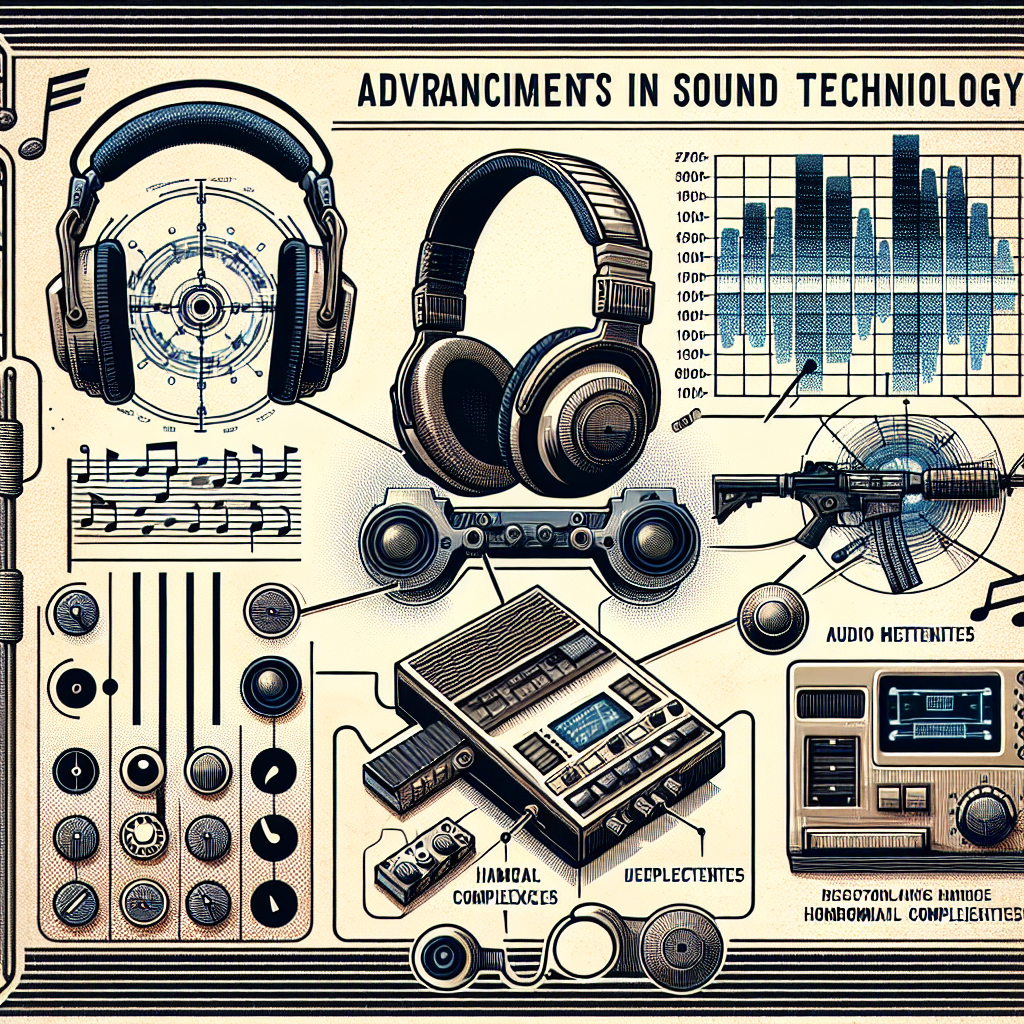
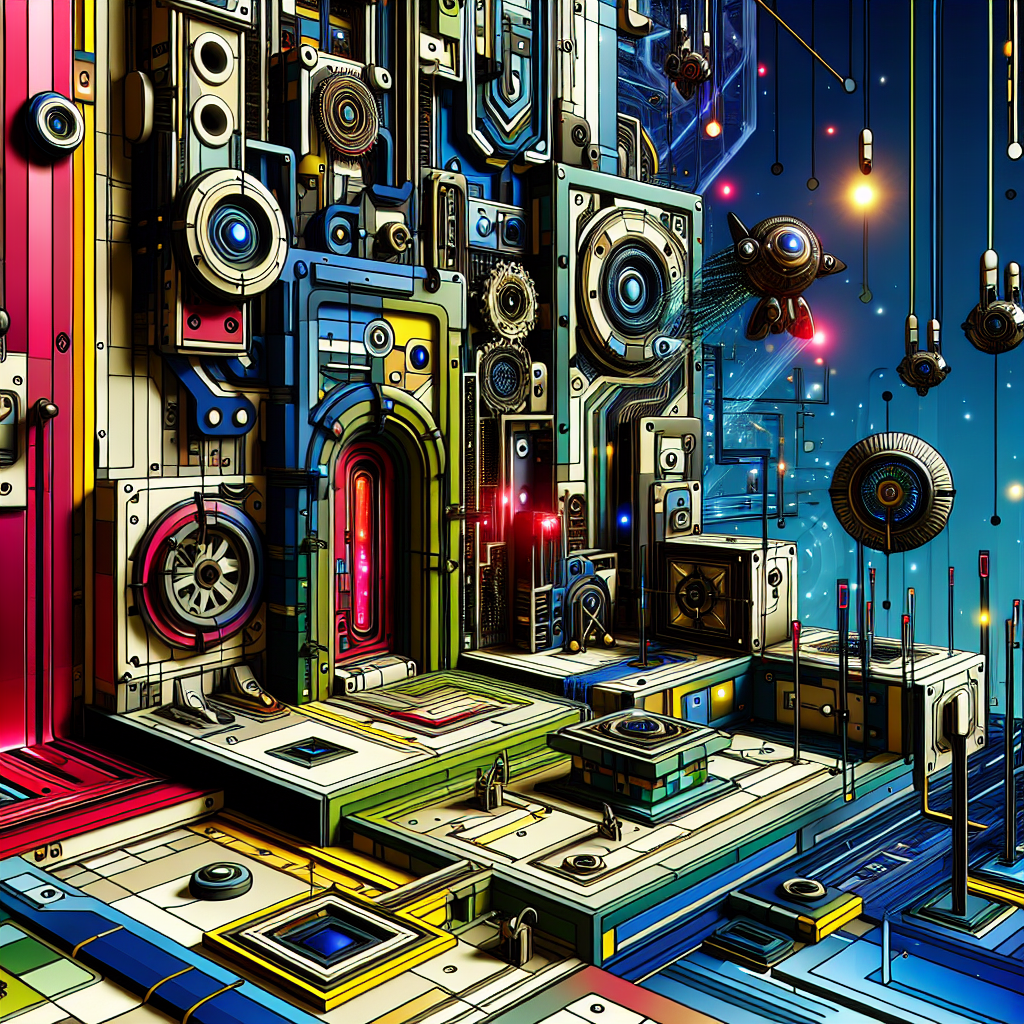
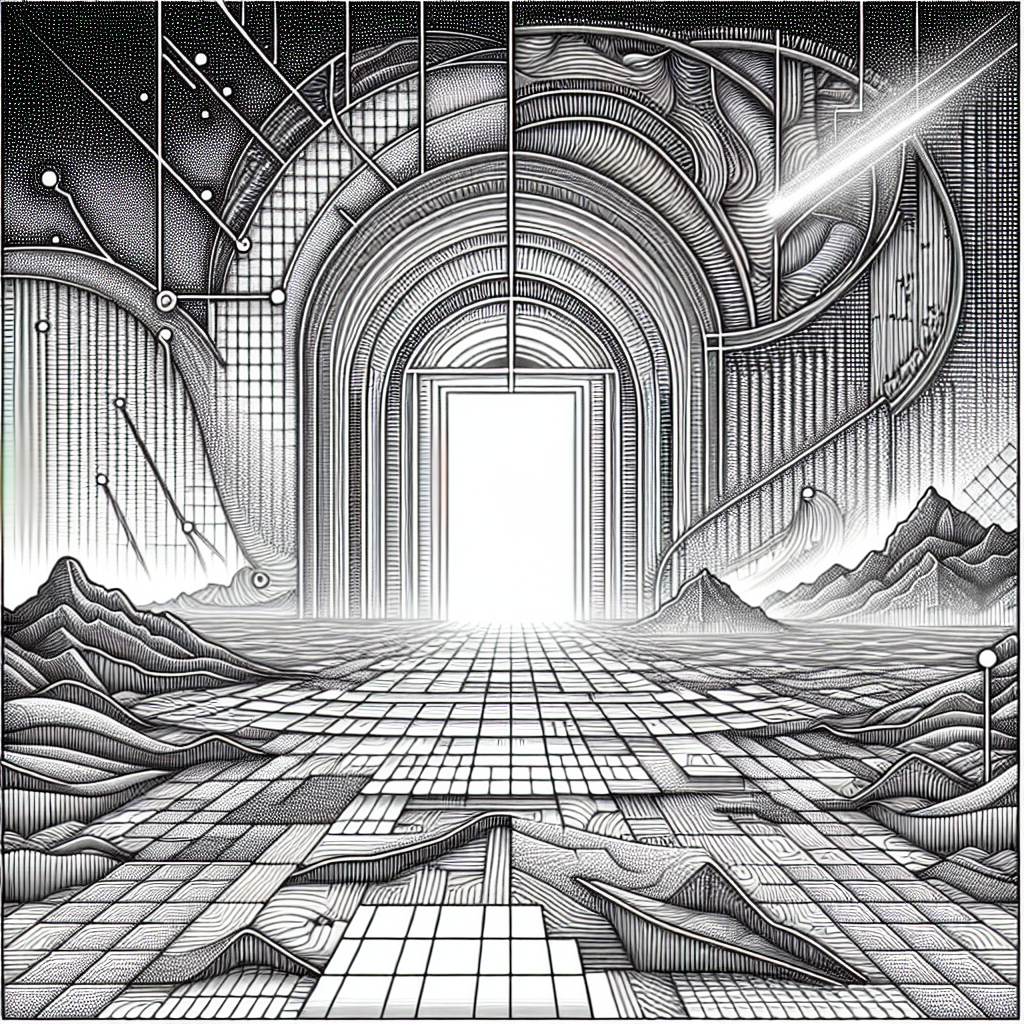
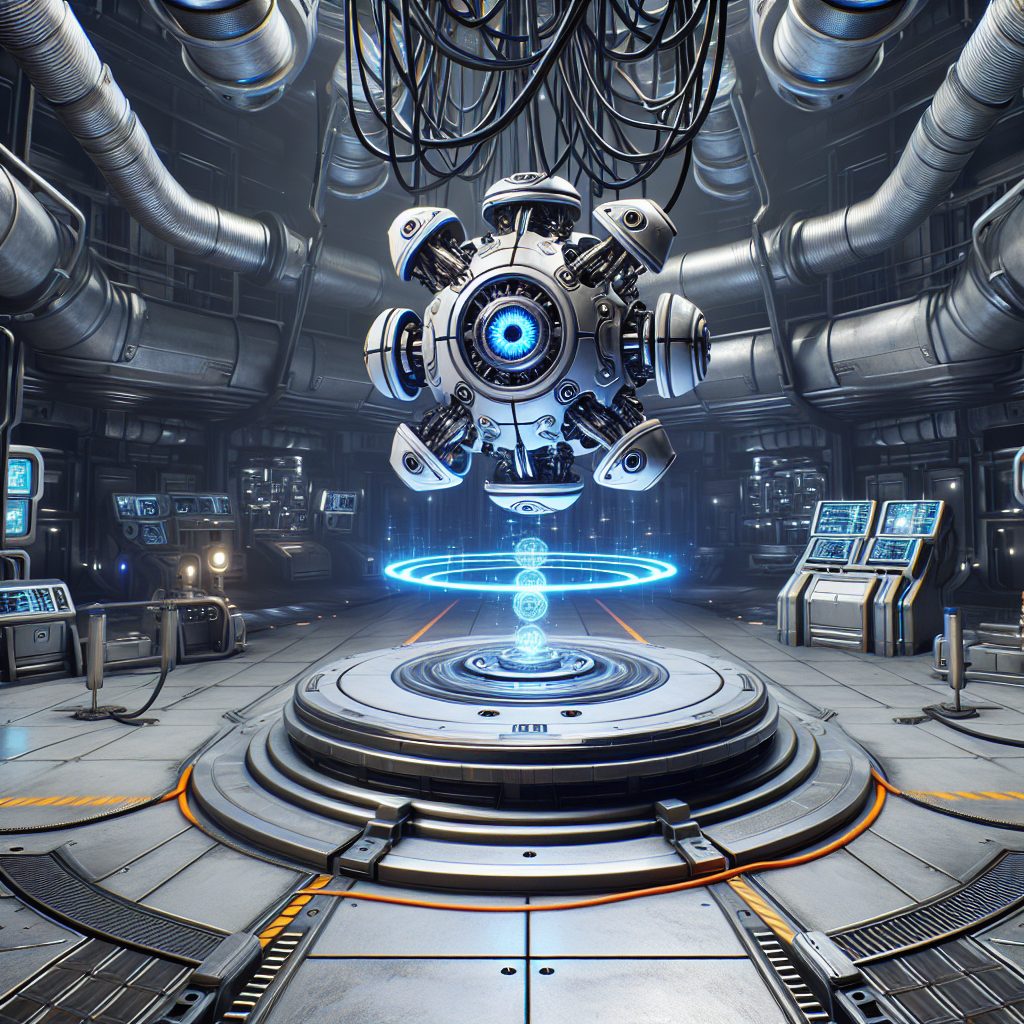
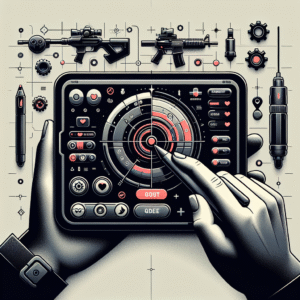
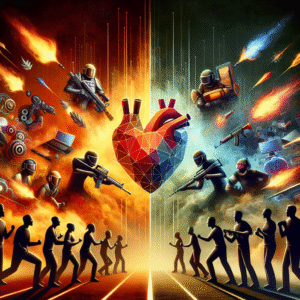




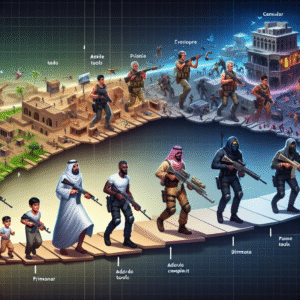
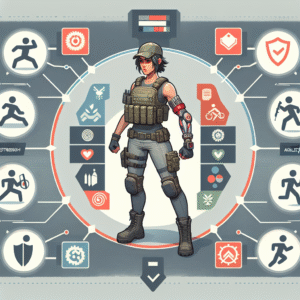
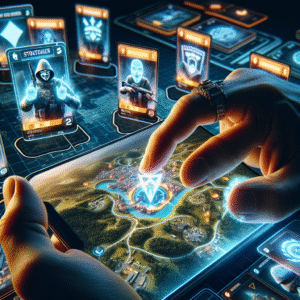
Post Comment